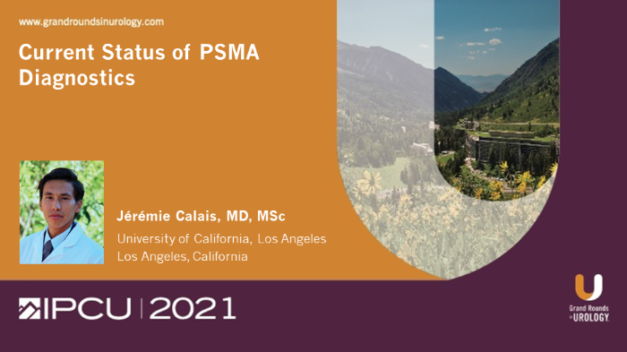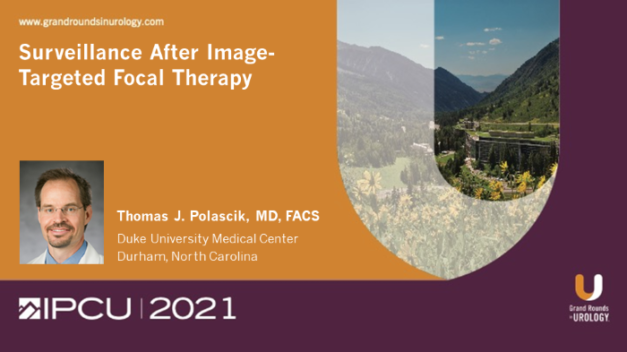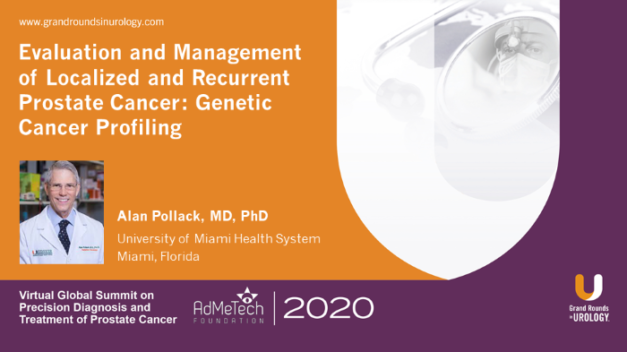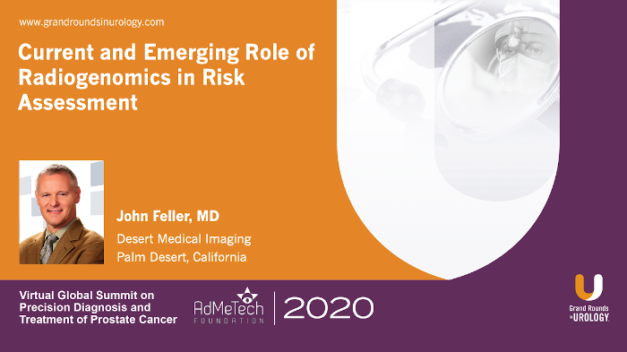Current Status of PSMA Diagnostics
Jeremie Calais, MD, MSc, Assistant Professor and Director of the Clinical Research Program in the Ahmanson Translational Theranostics Division of the Department of Molecular and Medical Pharmacology at UCLA, discusses PSMA diagnostics and compares imaging modalities to establish which modality is ideal for prostate cancer staging. He shares the FDA guidelines, stating that Ga 68 PSMA-11 is to be used for patients with prostate cancer (PCa) with suspected metastasis who are candidates for definitive therapy, and with suspected recurrence based on elevated serum prostate-specific antigen (PSA) level. Dr. Calais summarizes two trials used to support FDA approval of the diagnostic agent, including one on biochemical recurrence localization showing an overall detection rate of 75%, and another on primary nodal N1 staging that shows a sensitivity of 40% and a specificity of 95% for Ga 68 PSMA-11. Dr. Calais also notes the weaknesses of PSMA-11, including PET/CT’s inability to detect microscopic cancer cells, the way bone trauma in the ribs can lead to false positives, the challenge of accurately reading faint uptake lymph nodes, and how urine can disrupt analysis of the prostate fossa. Dr. Calais then compares PSMA against fluciclovine, finding that PSMA has a 30% higher detection rate; and against conventional imaging, finding that PSMA has a 27% higher rate of accuracy, as well as higher sensitivity and specificity. He also compares PSMA and local staging with MRI, highlighting a study on intra-prostatic tumor detection that shows a negligible difference in detection rates, as well as two studies on PSMA PET for biopsy guidance that show PSMA PET’s effectiveness in detecting especially challenging cancer. Dr. Calais concludes that PSMA PET/CT should replace other imaging modalities for prostate cancer staging and should be used as a complement to MRI for intra-prostatic tumor detection and staging.
Read More













